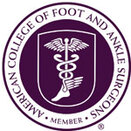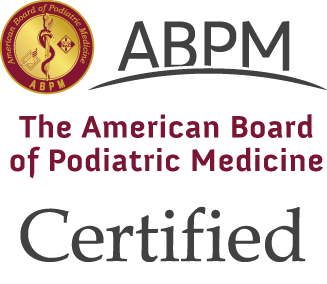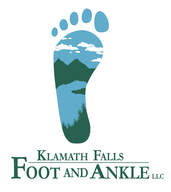|
Parents and families can prevent cuts, puncture wounds and other injuries from going barefoot by following some simple recommendations from one Klamath Falls foot and ankle surgeon. "Shoes are the best way to protect your family's feet from injuries," says Jeff Merrill, DPM, FACFAS. "But if your summer just wouldn't be the same without kicking off your shoes or sandals, you can still make it a safe season." Dr. Merrill has an office in Klamath Falls. He offers these tips for a safer barefoot summer: --See a foot and ankle surgeon within 24 hours for a puncture wound. Why: These injuries can embed unsterile foreign objects deep inside the foot. A puncture wound must be cleaned properly and monitored throughout the healing process. This will help to avoid complications, such as tissue and bone infections or damage to tendons and muscles in the foot. Foot and ankle surgeons are trained to properly care for these injuries. --Make sure you've been vaccinated against tetanus. Experts recommend teens and adults get a booster shot every 10 years. Why: Cuts and puncture wounds from sharp objects can lead to infections and illnesses such as tetanus. --Apply sunscreen to the tops and bottoms of your feet. Why: Feet get sunburn too. According to FootHealthFacts.org, rare but deadly skin cancers can develop on the feet. --Inspect your feet and your children's feet on a routine basis for skin problems such as warts, calluses, ingrown toenails and suspicious moles, spots or freckles. Why: The earlier a skin condition is detected, the easier it is for your foot and ankle surgeon to treat it. --Wear flip-flops or sandals around swimming pools, locker rooms and beaches. Why: To avoid cuts and abrasions from rough anti-slip surfaces and sharp objects hidden beneath sandy beaches, and to prevent contact with bacteria and viruses that can cause athlete's foot, plantar warts, and other problems. --Use common sense.
Why: Every year, people lose toes while mowing the lawn barefoot. Others suffer serious burns from accidentally stepping on stray campfire coals or fireworks. Murky rivers, lakes and ponds can conceal sharp objects underwater. People with diabetes should never go barefoot, even indoors, because their nervous system may not "feel" an injury and their circulatory system will struggle to heal breaks in the skin. Dr. Merrill is a member of the American College of Foot and Ankle Surgeons (ACFAS). He is board certified in foot surgery. He earned his podiatric medical degree from the Temple University School of Podiatric Medicine and has been practicing in Klamath Falls since 2013. Dr. Merrill can be contacted at 541-850-6463. For more information on puncture wounds, plantar warts, diabetic foot care and other topics, visit the ACFAS Web site, FootHealthFacts.org. |
AuthorKlamath Falls Foot and Ankle, LLC Staff Categories
All
Archives
October 2022
|
|
Klamath Falls Foot and Ankle, LLC
Jeff Merrill, DPM, FACFAS 531 S. 6th St. Klamath Falls, OR 97601 Appointments: 541-850-6463 Billing: 888-719-3491 Fax: 541-850-5990 Request Appointment Online |
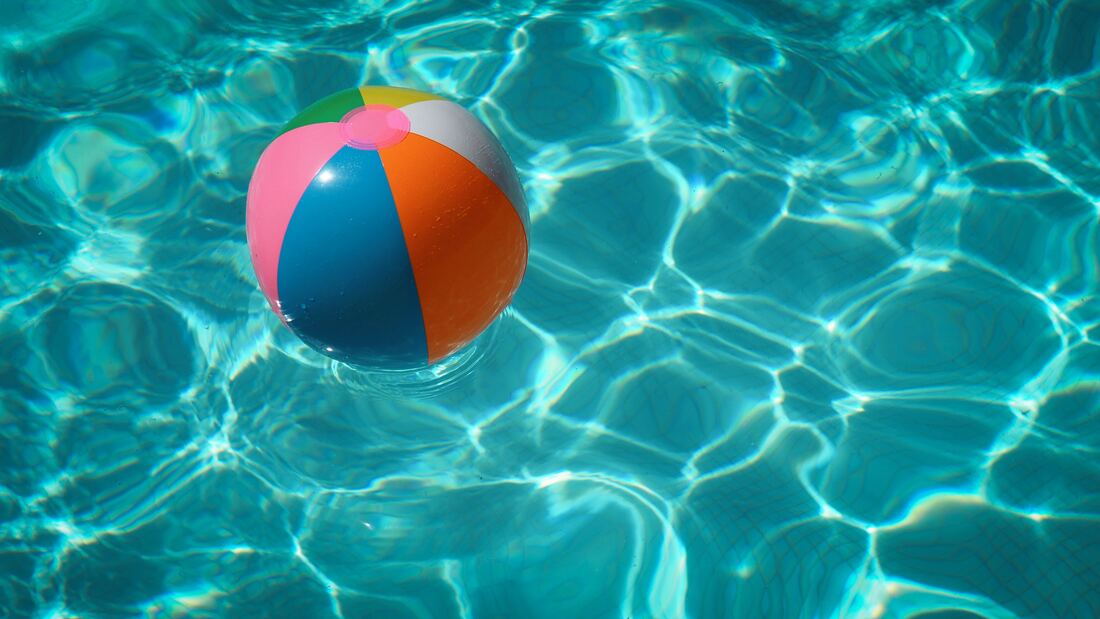
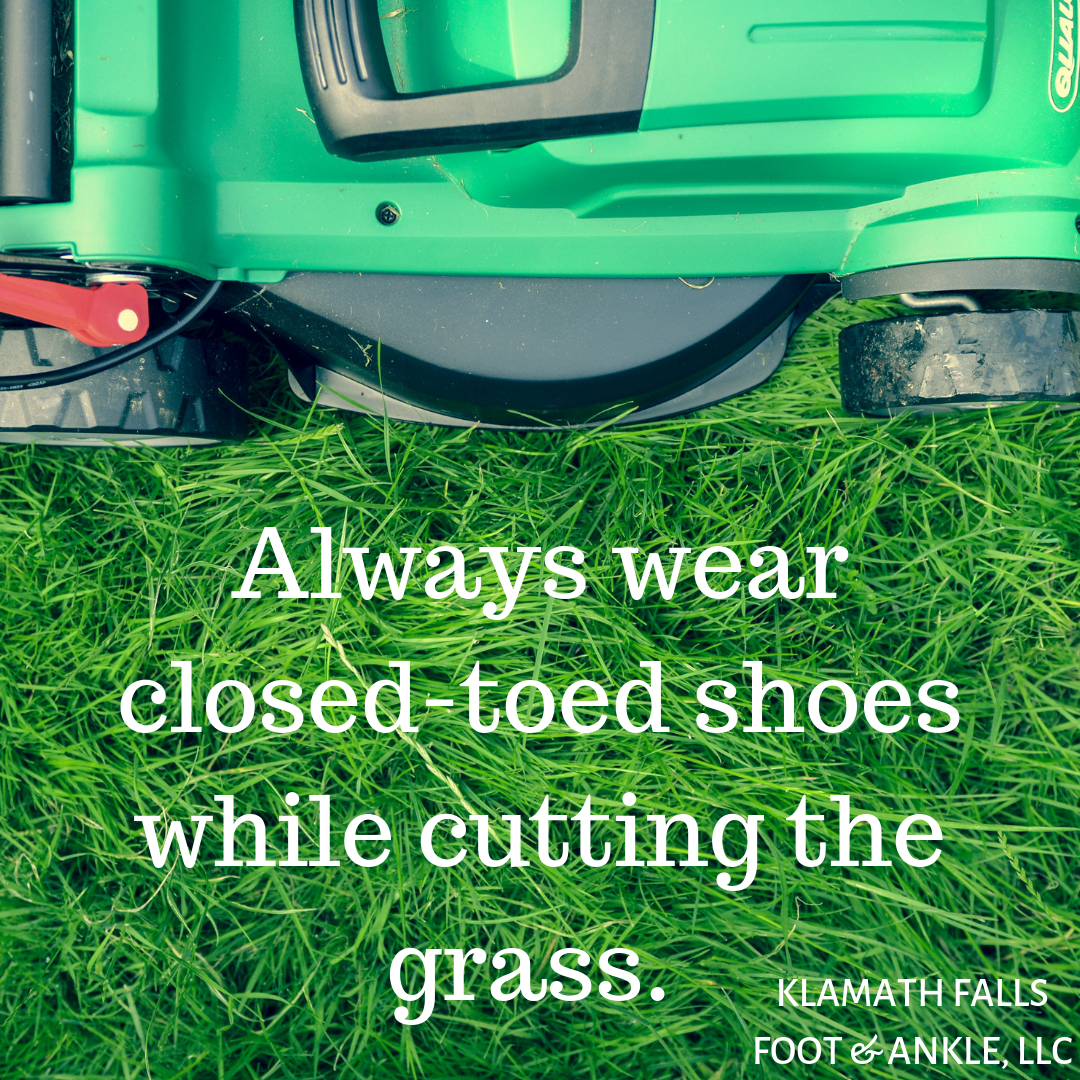
 RSS Feed
RSS Feed
